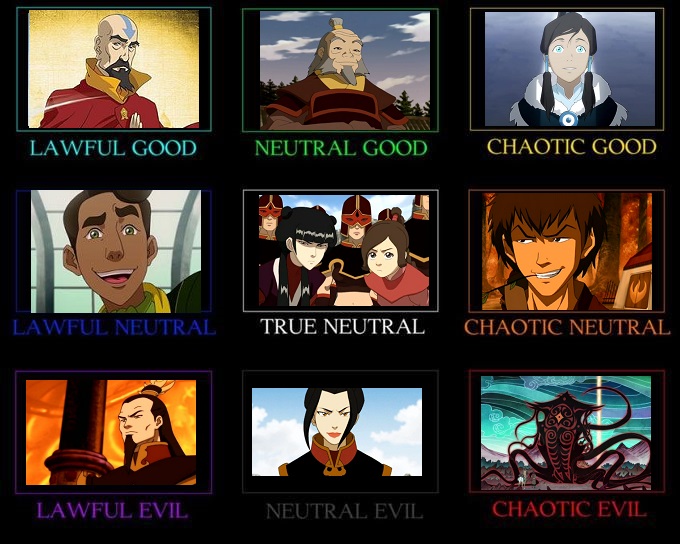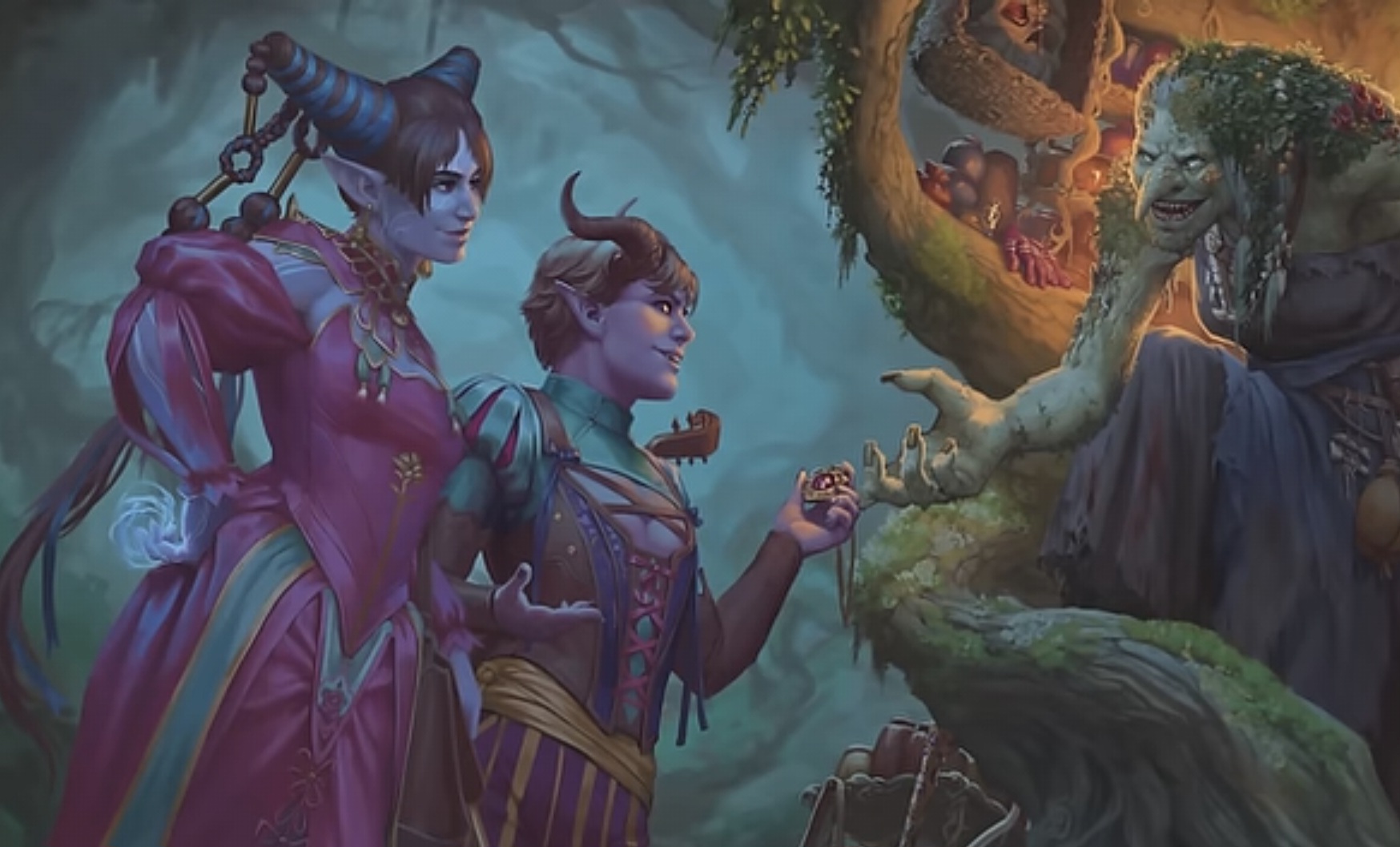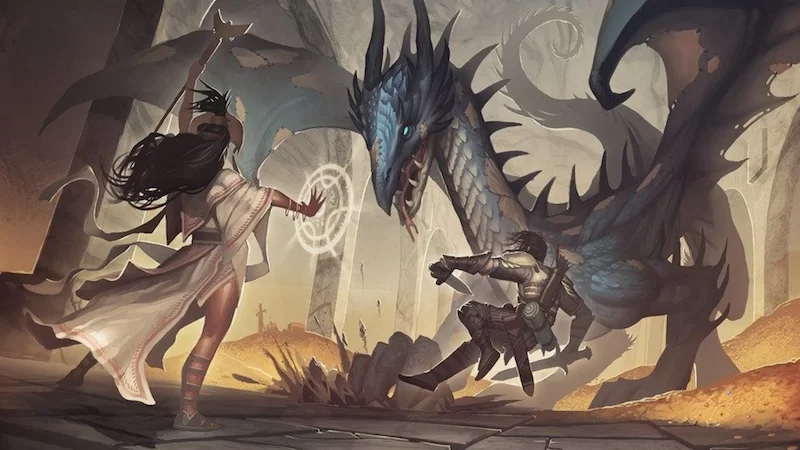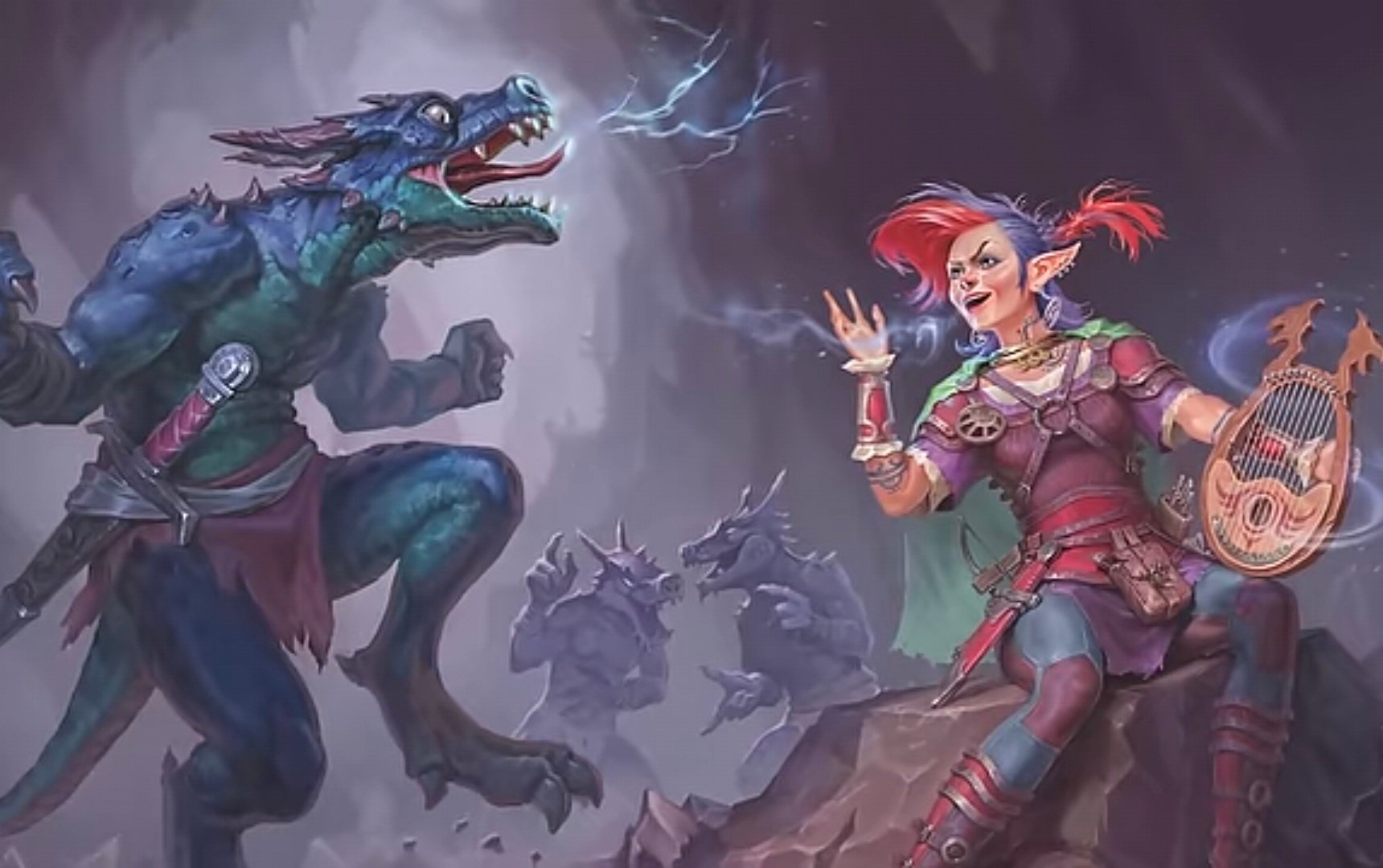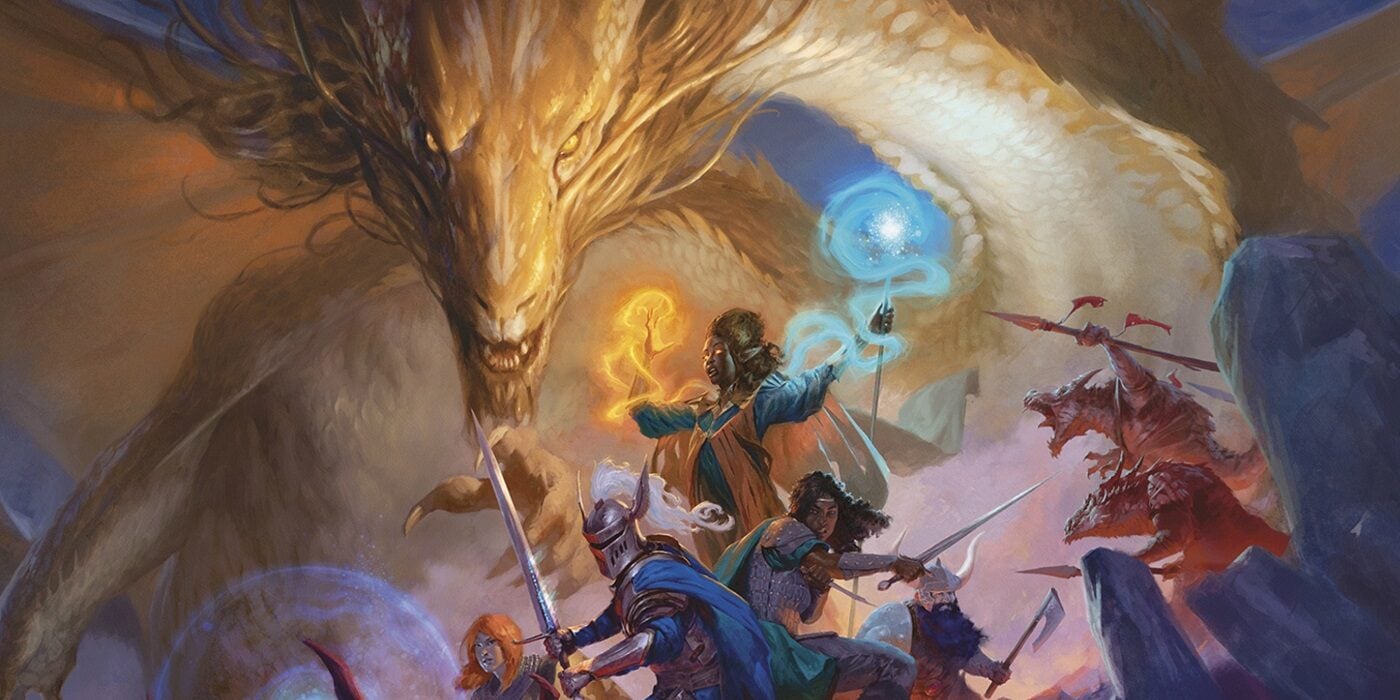Each D&D character sheet has a spot to your alignment. However what is that this? What are the choices, and the way does it have an effect on the sport?
Are you taking part in a lawful good character? Perhaps your characters are likely to lean a bit extra evil? Or do you benefit from the chaos of a real impartial character? And truthfully, does any of it even matter?
What Are D&D Alignments?
Since first version, D&D has had a system of alignments. It is a very primary description of a personality’s primary ethical outlook and code. Damaged up into 9 distinctions, your alignment will describe your character on a scale of excellent to evil and lawful to chaotic. It’s type of the Myers Briggs of D&D. And like Myers Briggs, it may be argued that alignment doesn’t actually imply a lot of something in any respect in sensible phrases.
Alignment in D&D is little greater than a short-hand. It’s a helpful instrument for explaining your character’s beliefs and morals rapidly. However nicely written and performed characters could have complexities that may’t be match neatly right into a field. To not point out, anybody who has caught with one character for an extended occasions is aware of that generally that character grows, generally outgrowing their outdated alignment. However within the broadest of phrases, character alignment is the way you’ll describe your character’s ethical code to the opposite gamers on the desk, and can also act as a little bit of a information for a way you play them.
The 9 alignments are lawful good, impartial good, chaotic good, lawful impartial, impartial, chaotic impartial, lawful evil, impartial evil, and chaotic evil.
Lawful Good
These are the characters who aren’t simply good, they’re good good. They comply with the foundations, respect authority, and consider in a strict code of ethics. A lawful good character will deal with everybody with kindness and respect, however additionally they really feel strongly concerning the regulation. This character seemingly equates regulation with justice with little room for grey space and classically have an idealistic view of the world.
Impartial Good
A impartial good character is doing their greatest to do what they contemplate “good.” They’ll in all probability nonetheless comply with the foundations, however aren’t strictly certain to them and see the profit in some wiggle room. Is it okay to steal bread for a ravenous little one? Lawful Good could say no and demand that it’s purchased, however Impartial Good would weigh the kid’s starvation increased than the foundations.
Chaotic Good
Chaotic Alignments nearly by no means care about different folks’s definitions of excellent or evil. They dance to their very own drums and dwell by no person’s guidelines, together with their very own. However whereas the legal guidelines of the land could also be successfully meaningless to this character, they’re in all probability nonetheless trying to depart as optimistic of a mark on the world as potential. They’re lawless, however they’re nonetheless good. And by their very own definition they’d contemplate themselves to be very ethical.
Lawful Impartial
The impartial line is commonly the toughest to play as a result of these characters aren’t actually good or evil. They simply are. A Lawful Impartial character could abide by the legal guidelines of the land, or their very own ethical code, however both method they do with do it with conviction. They might not care a lot about what’s proper or unsuitable, however they do care about following their particular code of conduct.
True Impartial
This character will do what’s greatest for themselves within the second. Legal guidelines, ethical codes, and ethics are all versatile for a True Impartial character. This can be a personality that wants a financial motivation to leap into motion or be part of the group. Their convictions aren’t robust, however additionally they don’t have an entire lot holding them again.
Chaotic Impartial
Whereas a True Impartial character could do no matter it takes to get the job finished (with the fitting motivation), a Chaotic Impartial character is a real wild card. They are often generally characterised as egocentric and inconsiderate, however they’re additionally not brazenly merciless or evil. They’re simply self , go in opposition to the grain, and tend for making the choices no person noticed coming.
Lawful Evil
It is a character who follows strict guidelines, however does so for evil. These are your evil overlords or killers who solely goal folks they deem dangerous for no matter cause.
Impartial Evil
Impartial Evil is comfortable to do hurt if it furthers their very own self curiosity or stand again and permit hurt to occur if it implies that they’re tremendous. They aren’t guided by maliciousness and the cruelty isn’t the purpose for them, nevertheless it’s additionally by no means ever a deal breaker.
Chaotic Evil
These are the characters who’re needlessly malicious. Their violence could also be utterly random and unpredictable, and it’s as a result of they don’t care about something however their very own pursuits. This alignment is commonly grasping, however they’ll additionally simply be merciless for the enjoyable of it.
Is Alignment Vital in 5E?
Typically. In lots of instances, alignment is an effective factor to reference in conserving in thoughts how your character would act and deal with folks. However in actuality it should have little or no bearing on how folks really play their character. Nonetheless, there are some magical gadgets that require a personality to be good or evil. So for technical causes, your character SHOULD have an alignment listed. However will you utilize that alignment as meant? Could not.
Pleased adventuring!
Subscribe to our publication!
Get Tabletop, RPG & Pop Tradition information delivered on to your inbox.




